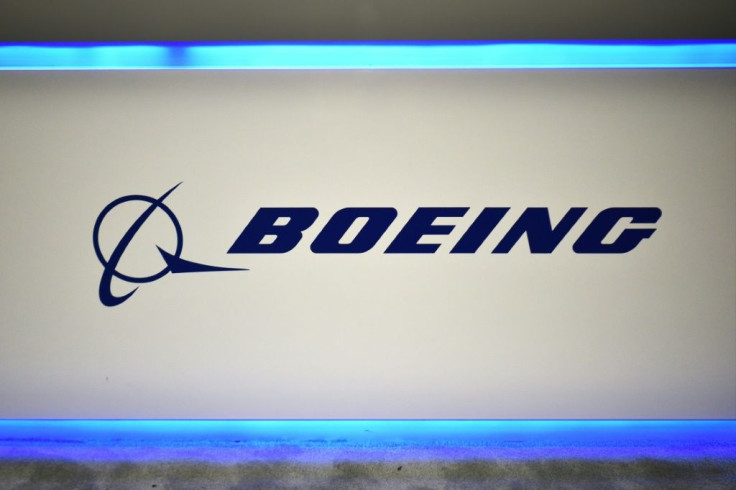FAA Let Boeing 737 Max Fly Despite Own Report Warning 15 Crashes In Jet's Lifespan

KEY POINTS
- FAA report presented to House committee revealed fatal design flaws
- Internal report warned of a fatal crash every two or three years
- FAA waited for five months to ground the jet, not until another crash
The Federal Aviation Administration (FAA) ignored an internal report warning that the Boeing 737Max had design flaws that could lead to one crash every two or three years even after one of the jets crashed in Indonesia in October 2018. The aviation watchdog only sprang to action after Ethiopian Airlines flight 302 crashed in March.
Both crashes, which together killed 346 people, are now acknowledged to have been caused by a flaw in an in-flight software.
The November 2018 internal analysis FAA report was presented at the House Transportation Committee hearings on the Boeing 737 Max crisis Wednesday. The document revealed that design flaws in the Boeing 737 Max could lead to 15 fatal crashes in the aircraft’s average lifespan of 45 years – a risk that neither the FAA nor Boeing publicly revealed when the report was published.
Pilots in both crashes were found to have battled the flawed software that pushed down the nose of the planes and sent them on their death dives.
“Despite its own calculations, the FAA rolled the dice on the safety of the traveling public and let the 737 MAX continue to fly,” Rep. Peter DeFazio (D-Oregon), Chairman of the House Transportation Committee, told the Wall Street Journal.
While the FAA took steps to put short-term and permanent measures after the first Boeing 737 Max crash – the Lion Air Flight 610 in Indonesia - it did not ground the aircraft until the Ethiopian Airlines Flight 302 crashed five months later.
Rep. DeFazio stated that 500,000 documents gathered by his department including emails between Boeing and FAA show that the safety culture was “broken” between the agency and the company.
At the time of the first crash, FAA found the measures taken by Boeing "sufficed to allow continued operation of the Max fleet until the changes could be implemented."
In an effort to clean up its act, FAA administrator Stephen Dickson has now stated that the agency is in no hurry to get the Boeing 737 Max airborne again. He told CNBC that the aircraft won’t be cleared to fly until next year.
Interestingly, he has also stated that the agency will examine how humans interact with automated aircraft systems and that human factors should be considered throughout the design process.
The agency doesn’t have immediate plans to fine Boeing for 737 Max failures, even though Dickson stated that it reserves the right to do so.
The FAA-Boeing relationship has also come under a scanner. Lawmakers have called it “too cozy” since FAA has outsourced some certification procedures to the aircraft manufacturer due to a delegation program signed between them decades ago.
Michael Stumo, whose daughter Samya died on board the Ethiopian Airlines flight, blames FAA for not disclosing the level of risk.
“The 737 Max was the most unsafe plane in the history of aviation and they did nothing. That's the failure to act that killed my daughter," he told USA Today.
FAA has been the point of reference for airlines when it comes to safety procedures. But the 737 Max crisis has become a taint on its reputation as an aviation watchdog.
China's Civil Aviation Administration of China (CAAC), not FAA, was the first aviation regulator to ground the Boeing 737 Max in March following the crash in Ethiopia. China has the largest 737 Max fleet – 97 out of its 371 airplanes.
Though most aviation agencies look up to the FAA for safety standards, it waited until the Chinese agency put its foot forward to ensure passenger safety. China is the world’s second-largest aviation market.
The Chinese regulator also carried out special inspections of the planes following the Lion Air crash. It held meetings with airlines to discuss the crash to discuss the “hidden safety dangers” at the time. It also asked airlines to revise safety manuals and recommended additional training for pilots and staff.

© Copyright IBTimes 2025. All rights reserved.





















